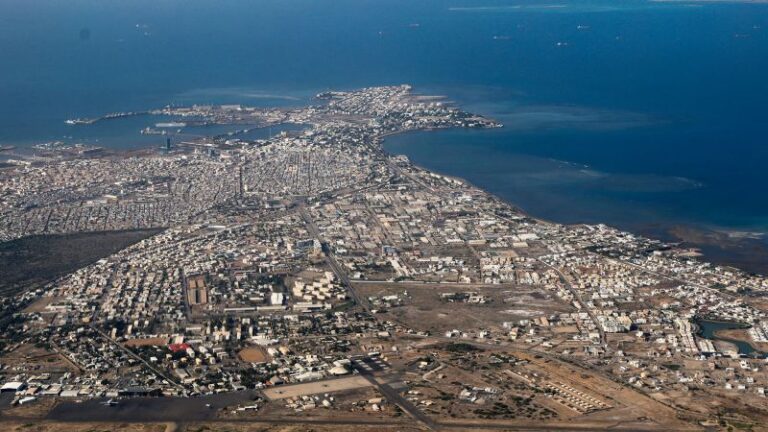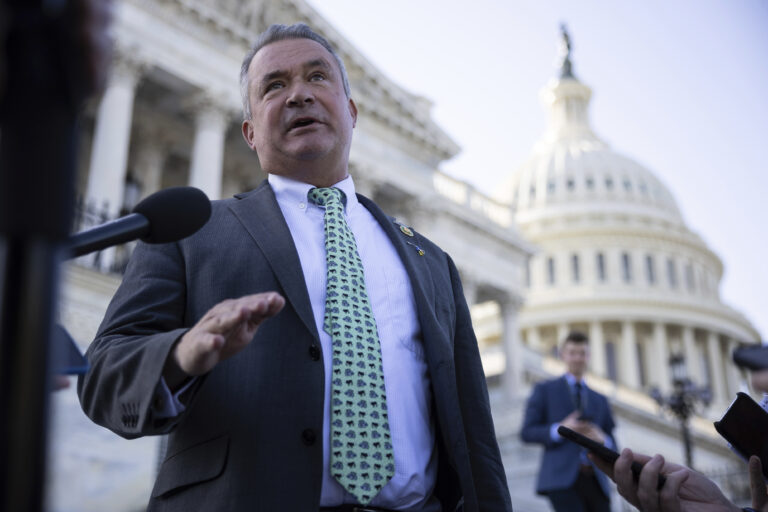Residents near America’s largest steel mill in Gary, Indiana, are intensifying their fight for cleaner air. The city, known for its robust industrial history, is also home to one of the nation’s largest Black populations. As the community grapples with the health impacts of toxic air, local advocates are pushing for change.
Gary’s steel mill, a cornerstone of the city’s economy, has long been a source of both employment and environmental concern. The mill’s emissions contribute significantly to the area’s air pollution, prompting residents to demand stricter regulations and cleaner practices. This movement is gaining momentum as awareness of the health risks associated with air pollution grows.
The Struggle for Clean Air
The fight for cleaner air in Gary is not new. Residents have been voicing concerns for decades, but recent studies highlighting the health risks of prolonged exposure to industrial pollutants have reignited the debate. According to the Environmental Protection Agency (EPA), air pollution can lead to respiratory diseases, cardiovascular problems, and other severe health issues.
Community leaders are calling for more rigorous enforcement of environmental regulations. “We are not against the steel industry,” says local activist Marie Johnson. “We just want to ensure that our children can breathe clean air and live healthy lives.”
Historical Context and Community Impact
Gary’s relationship with the steel industry dates back to the early 20th century when the city was founded by the United States Steel Corporation. The mill provided jobs and economic stability but also brought environmental challenges. Over the years, residents have experienced the duality of economic reliance and environmental degradation.
Historically, industrial cities like Gary have faced similar challenges. The decline of manufacturing in the Rust Belt left many communities struggling economically, while environmental issues persisted. In Gary, the steel mill remains a vital economic force, complicating efforts to address pollution without jeopardizing jobs.
Expert Opinions and Health Concerns
Experts emphasize the importance of balancing economic and environmental priorities. Dr. Lisa Carter, an environmental scientist, notes, “While the steel industry is crucial for local economies, it is imperative to adopt cleaner technologies and practices to protect public health.”
According to the World Health Organization, air pollution is responsible for an estimated 7 million premature deaths worldwide each year.
The health implications for residents in Gary are significant. Studies have shown that communities of color and low-income populations are disproportionately affected by pollution. This has led to calls for environmental justice, ensuring that all communities have equal access to clean air and a healthy environment.
Future Prospects and Community Action
The push for cleaner air in Gary is part of a broader movement for environmental justice across the United States. Local organizations are partnering with national advocacy groups to lobby for policy changes and increased funding for environmental monitoring and enforcement.
Meanwhile, the steel industry is exploring ways to reduce its environmental footprint. Innovations in green technology and sustainable practices offer hope for a future where economic growth and environmental protection can coexist.
As the fight for cleaner air continues, residents remain hopeful that their efforts will lead to meaningful change. “We owe it to future generations to ensure they inherit a world where they can thrive,” says Johnson.
The outcome of this struggle could set a precedent for other industrial cities facing similar challenges, highlighting the importance of community activism and the power of collective action.



























